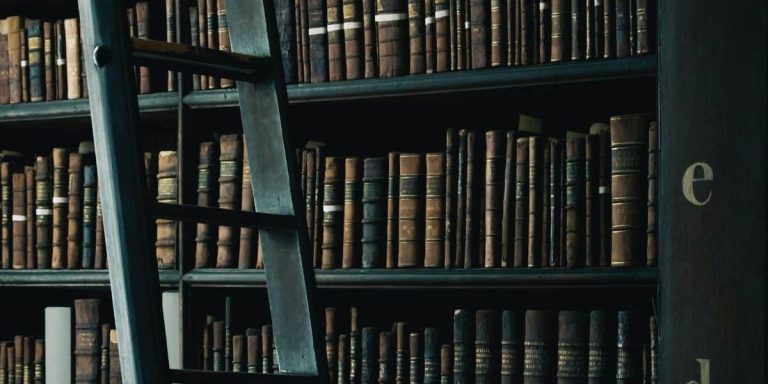The pioneer installment of the anthology, “Through the Eye of a Needle: Art in the Time of Coronavirus”, was received with admiration and praise. This installment, the second, will likely surpass the milestone set by its predecessor. “A Filament of Hope”, the heart-felt introduction to this anthology by the editor Darlington Chibueze Anuonye, is a forerunner of the glorious essays that follow. As a chef, he writes, the belief that one must secure full nourishment from a meal is one he strongly supports.
There is a memorable line from the introduction which conveys a brave description of art: “Art is a wonder, and there is no end to it.” Anuonye believes in an inexhaustible supply of art, and his own offering to this bonfire of divine writings is unforgettable.
I read this anthology with a slowed heart rhythm, not because I was about to bid the world goodbye, but because the words being processed had a surreal effect. To say the least, I am enchanted. This is a collection that wears the face of grace and does it effortlessly.
Sibongile Fisher’s “This Air, These Bones” offers us the glory and awe of a powerful opener. Having trailed her craft right from the release of Selves, brainchild of the Afro Anthology series, I have ached for more of Fisher and this work satiates my hunger. In this essay, she gives a heart-wrenching account of just how much of the world has been ruptured by the corona pandemic. In spite of Fisher’s worry for her family, she faces the disruption with courage. Her courage, I believe, is one of her greatest gifts to readers of the collection. Read Fisher’s moving opening sentence and picture a soldier readying for what could happen as they are about to be shipped off to where will be their first tour of a war-ravaged nation, imagine the fragments of confidence with which they forge ahead. Like the writer, like the soldier, “I fold morning light into my lungs and press hope against my marrow.”
A Few months to her thirtieth birthday, Fisher outlines her story of keeping body and soul—especially soul together. In this period of lockdown, of longer indoor time, and the seeming presumption that the world will not revert back to its previous state, she reiterates that art can and will always be a lifeboat in these murky waters. Although, Fisher writes about the loss of our usual routine, the endless activities that characterize our daily lives, her essay is a glimpse into a universe of untapped possibilities. To believe in the multiple wonders that the world is willing to offer us trumps everything else.
“Returning to Art” by Anathi Jongilanga is a piece that comes from a place of helplessness mixed with the atmosphere of torment. Indeed, art has become one of the most sought after things in today’s world, as a medium of therapy. But, what can be said of those whose major preoccupation is not to stream a song on Spotify, play catch-up with the latest episode of their favourite Netflix series, or even afford a “radio” as Jongilanga makes painfully clear? This essay opens the shutters that veil our hearts, and through this act, sadness is poured into every portion of our collective existence. It is true that most artists feel obligated to give back to their followers but Jongilanga writes that it is not the same for him. How much can a poem, essay or even a stand-up comedy show do for those living in government-funded shelters? How about the ghettos, he asks. The closure grants the reader a magnificent view of the writer’s mind. Yet, again, the artist wonders for how long he can be silent.
Amara Okolo’s “In Sickness and In Isolation” is a soulful rendition with music, dance, anxiety, loneliness, and of course, hope. Her essay reminds us of the important work being undertaken by healthcare practitioners worldwide who serve as frontline responders. It bares the immense burden of loneliness even in the midst of loved ones and friends. The social distancing rule, while necessary as the amount of confirmed cases soars without a sign of reduction, widens the gap between humans and most of that is mirrored in Okolo’s essay. She comments on the world’s acceptance of today’s innovations in various spheres of life which make the learning and entertainment processes carry on even as schools and cinemas remain closed. The world continues to evolve in the face of a pandemic, and despite the horrors of death and the painful memories that the survivors will inherit, “In Sickness and in Isolation” conveys the light of hope in its ending.
Never in such a long time has a piece of prose collapsed my existence successfully with the reconstruction act. “I Don’t Know What It Looks Like After Here, But I Think We’ll Know It When We Get There” by Megan Ross is easily my top pick from the anthology. Each word is stitched together with the grace of a deity. That Poetry, Philosophy and Prose all live in harmony and this essay is enough proof. Ross delves into spirituality, imagines hand sanitizers as holy water, houses as places of worship—the cathedral. Her writing is spaced out with every featured image as a messenger of God that never delivers unsavoury news. Readers should consider this story a goldmine for the very thing we so desperately need—hope.
Catherine J. Cole’s “Missing Communication” emphasizes the adaptability of the human body to outlive whatever setback is stacked against it. Masks, adjudged to being the basic form of resistance from the airborne coronavirus, eliminate nearly half of what is communicated by mouth. The mask muffles details and Cole reminds us of how much is taken away from us in a singular bid to stay safe. Cole, a psychologist, banks on the ability of humans to overcome, and this essay, reminds readers of their own special power which this period may have suppressed. An essay of profound impacts, I dare say.
Upon sighting Ifeanyichukwu Eze’s essay title, “Friendship”, I acted on impulse and envisioned a writing that would encompass a tender relationship with a human character in the writer’s vast field of memory. The first line crippled my expectations and the following lines smothered what was left. Having said that, I completely enjoyed this essay especially because of its unique perspective. Who would think of being friends with death in a time like this? Eze dwells upon a relationship with the grim reaper and brings to us a musing dressed in fashionable prose. I admire the essayist’s attention to details.
Vivian Ogbonna’s “The Child No Longer Fears The Bully”, a stunning essay with a title that plays the role of a metaphor closes this remarkable collection. It not only achieves aesthetic values but equally reanimates the hope that has been largely subdued by the spread of the virus. Ogbonna writes of the world hurting and writes also of the world healing. With a spectrum of real life instances, her essay celebrates our struggle and instills in our hearts a call to be brave, to be strong and band together, to conquer this and many more future threats.
links for both collections of essays:
Through the Eye of a Needle: Art in the Time of Coronavirus, Volume 2
Through the Eye of a Needle: Art in the Time of Coronavirus

